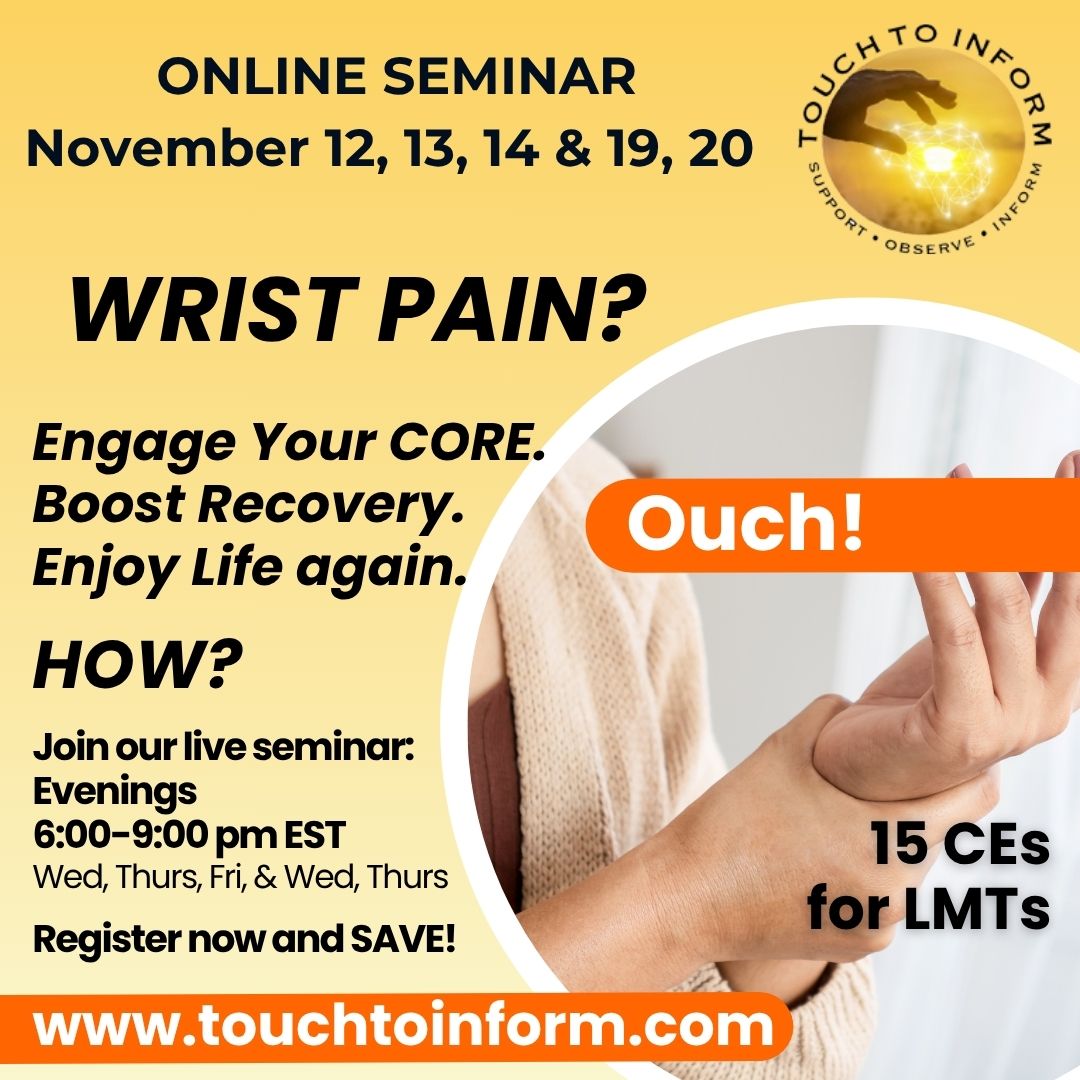
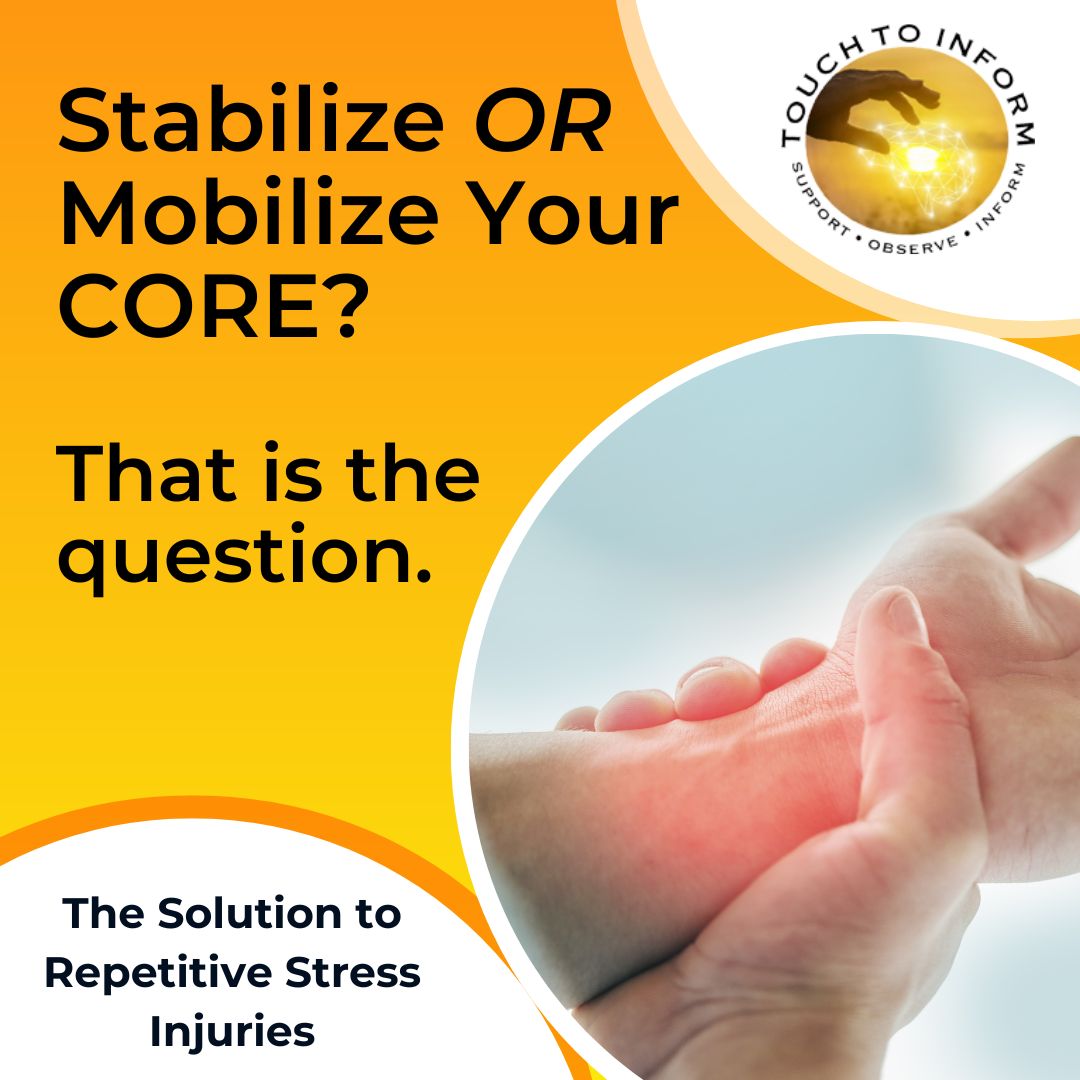
If you or your clients experience those Repetitive Stress Injuries [RSI]
that don’t go away, which approach would you use?
Would you like a clear and repeatable solution that targets the root of the problem and offers lasting relief?
Join Us for this
LIVE ONLINE Upcoming Seminar:
Mobilize Your Core and Rehabilitate Repetitive Stress Injuries:
A Touch to Inform Seminar
November 12, 13, 14 & 19, 20
Wed, Thurs, Friday & Wed, Thurs evenings from 6pm-9pm, EST
5 Modules: all modules include personal experience, partner collaboration [demonstrations with practice in between sessions] with didactic conversations. See more details below.
15 CEs for LMTs, CEBROKER #20-1138526
NCBTMB approved provider #452056-12
DISCOVER THE CORE SOLUTION TO RSI
Most people think tightening the core and moving limbs independently strengthens their body, but this approach often leads to injuries in transitional joints like the shoulders, elbows, hips, and knees—not to mention the delicate joints of the wrists, hands, and fingers.
Here’s the truth:
When your core is rigid and your limbs are forced to move
without the support of a mobile spine, ribs, and pelvis,
you’re more likely to experience pain and injury.
Embrace a New Way to Heal and Prevent RSI
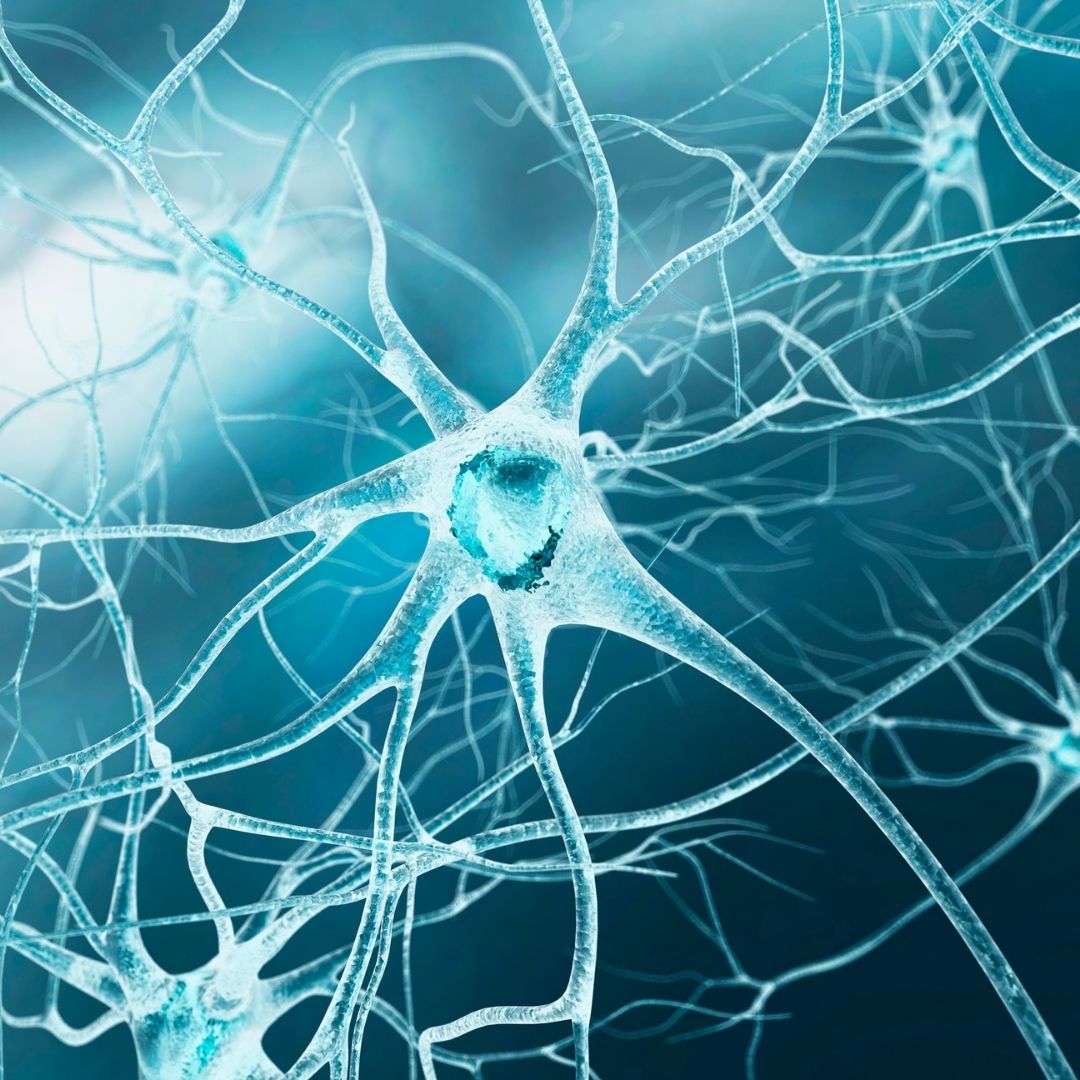
Are you ready to address RSI with a neurological-centered approach that focuses on unlocking your core?
Through personal experience, you’ll discover how enhancing the mobility of your spine, ribs, and pelvis supports precision movements in your arms, wrists, hands, and fingers—helping you heal from or prevent RSI.
Bonus: When your core is mobile, movement becomes more evenly distributed through the spine, reducing the risk of overuse injuries in your neck, lower back, knees, and ankles. The joints of your extremities, like the wrists, are designed to do less work than those closer to the center of your body. By increasing your core’s range of motion, you minimize the strain on these smaller joints, preventing irritation, inflammation, and pain.
Transform Your Approach in Just 15 Hours!
Gain a fresh perspective on your body, your injuries, and the incredible possibilities for self-healing.
Guaranteed to benefit YOU
AND your clients!
Join us for 5 LIVE ONLINE sessions,
only 3 hours each evening
November 12,13,14 & 19, 20!
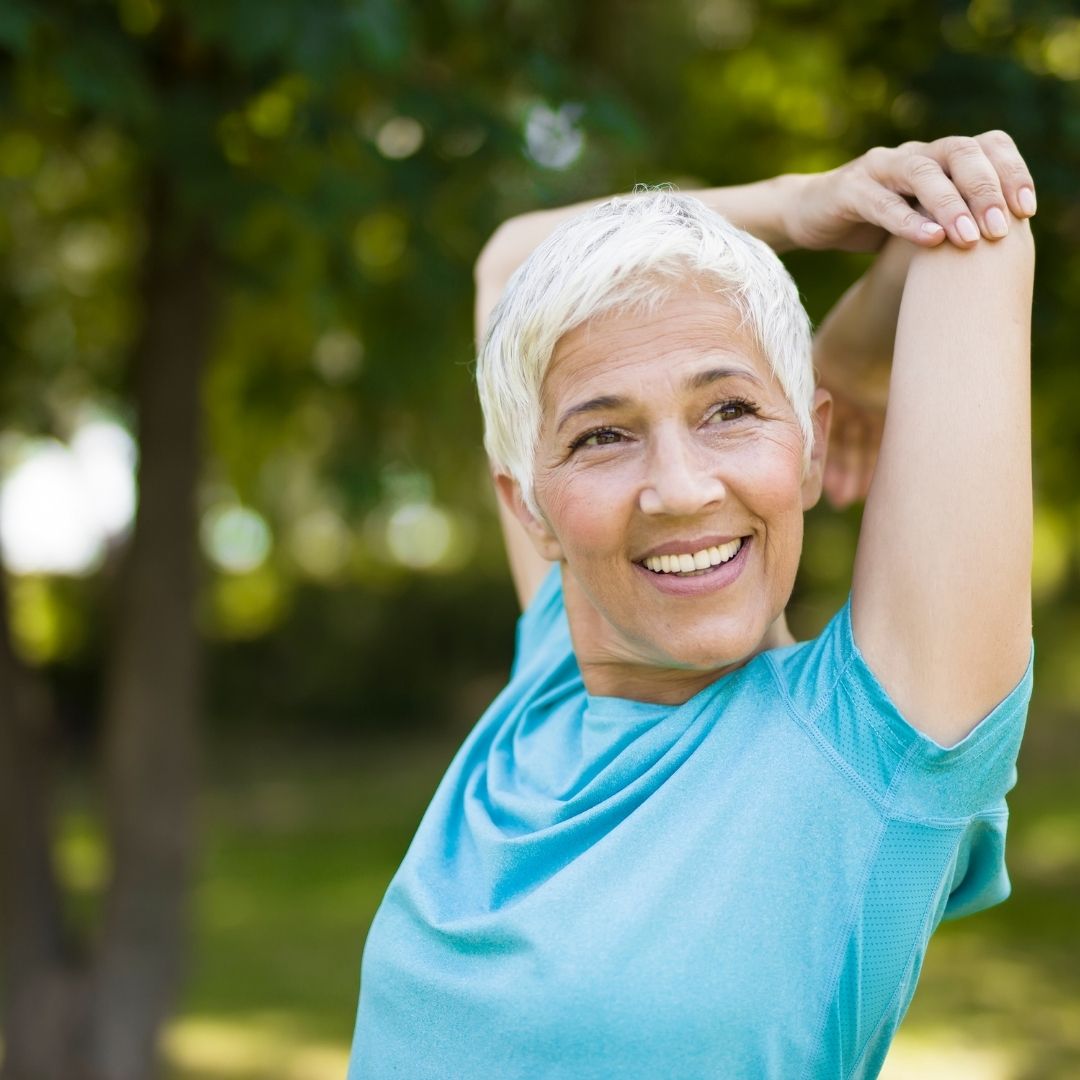
Introducing ‘Touch to Inform’ Methods

Through ‘Touch to Inform’ Methods, you learn to:
- Use a specialized touch that awakens, activates, and coordinates the power generated from your core.
- Support healthier, more efficient movements in your arms, wrists, and hands.
- Use touch as a conversation and empower your clients to break free from old patterns and embrace new pathways to healing and prevention.
Take the first step toward a pain-free life and help your clients do the same.
Unlock the power of your core and experience the freedom of movement without the limitations of RSI.
“I was so amazed how light, yet powerful my arms and hands could be once I sensed the connection from my pelvis through my spine.”
T.W. LMT 2022
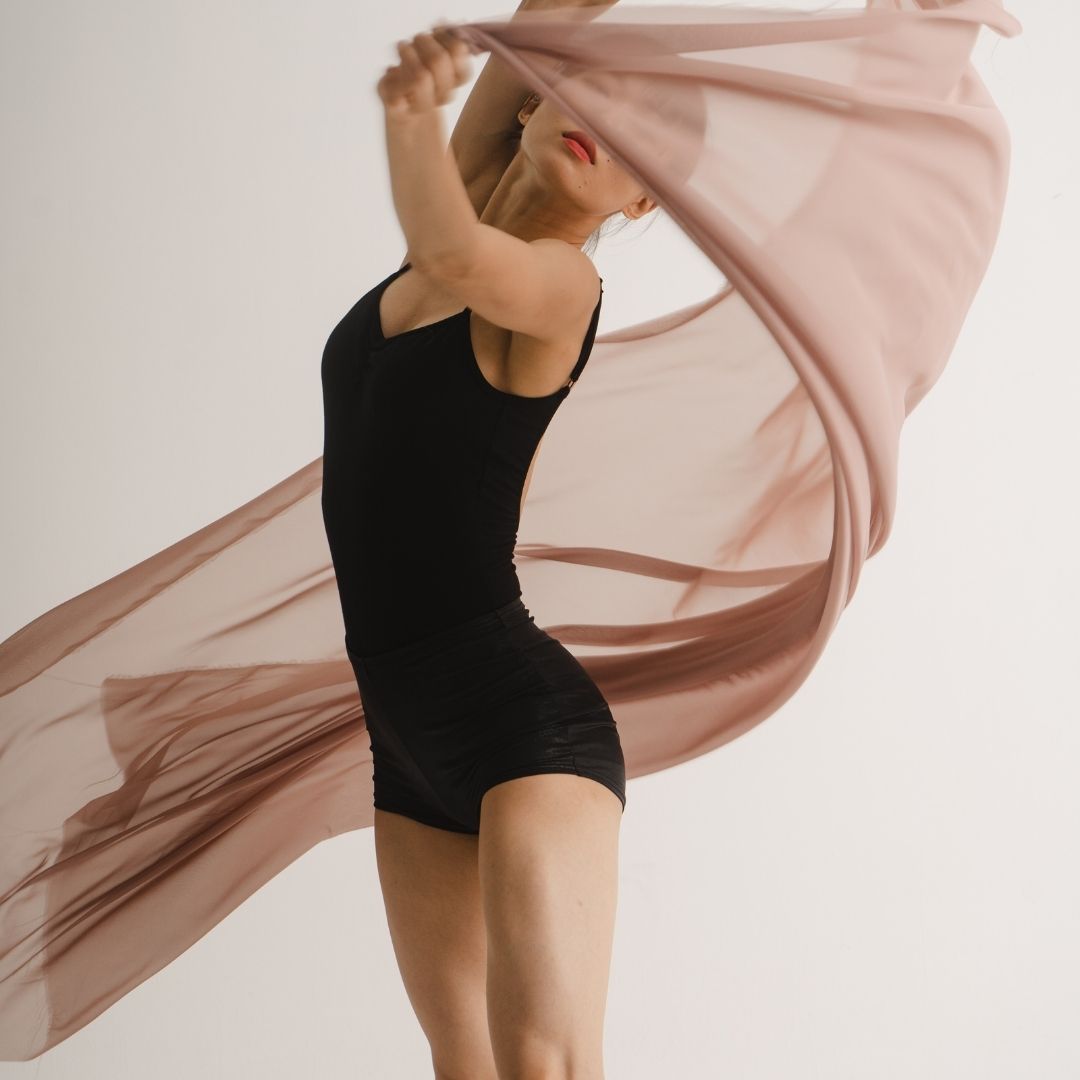
Mobilize Your Core and Rehabilitate Repetitive Stress Injuries through TOUCH TO INFORM
Created by Bonnie Kissam, M.A., LMT, Feldenkrais® Practitioner
Register by October 29, 2025 for 20% less AND… receive one individual follow-up coaching session on Zoom as a special bonus!
Move beyond rehabilitation.
Learn a TOUCH that Observes, Supports, and Informs through personal experience and practical applications of concepts from The Feldenkrais Method® for somatic re-education. BonnieK, LMT in Florida and Feldenkrais® Practitioner, for over 45 years, guides your understanding and your ability to integrate skills easily into your practice.
Experience makes all the difference!


BonnieK recognizes that discomfort is often part of a pattern that most likely involves her torso. As she senses a strain, before she feels any pain, she finds a slow way to move so that the space between her joints, which might be pinching a nerve, could open up. Then she works to alter the pattern she is in while sitting or moving. Before there is a crisis she discovers new patterns so she is back in action with ease.
Bonnie Kissam, M.A. in Education
Guild Certified Feldenkrais Practitioner® / Assistant Trainer, Licensed Massage Therapist, FL Lic #36256
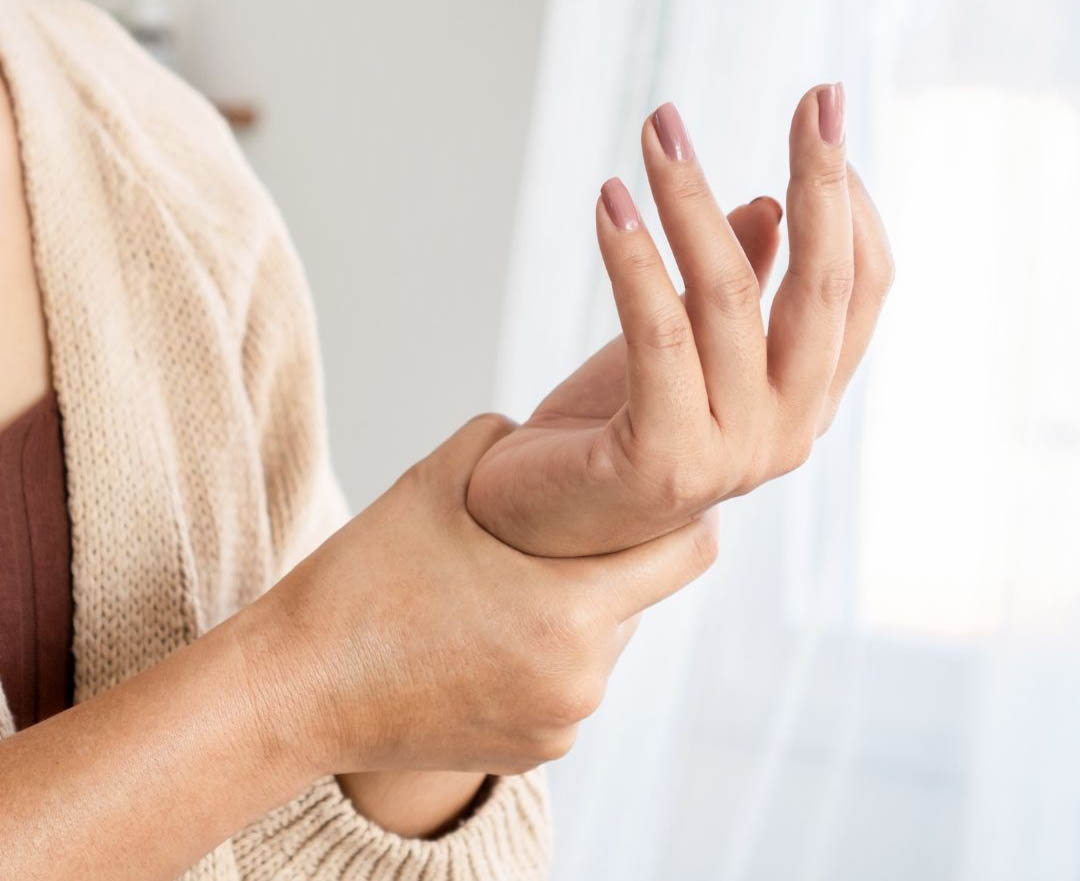
Cleveland Clinic suggests:
“The best treatment is to modify or reduce the activity that caused your injury to prevent further damage. The damage to your body usually isn’t permanent and will heal over time.”
Cleveland Clinic also states: Repetitive strain injuries take time to damage your body, but they can cause serious pain. Make sure you’re listening to your body. If something hurts that normally doesn’t, don’t ignore it. Pain and other minor symptoms are often the first signs of tiny irritation that can lead to more serious repetitive strain injuries later on.
https://my.clevelandclinic.org/health/diseases/17424-repetitive-strain-injury#living-with retrieved 3-24-22
Don’t Miss this Opportunity:
November 12,13,14 & 19, 20, 2025
ONLY 3 hours a day for 5 days from 6:00-9:00 EST
Experience Mobilize Your Core and Rehabilitate Repetitive Stress Injuries through TOUCH TO INFORM ONLINE
All modules include personal experience, partner collaboration [demonstrations with practice in between sessions] with didactic conversations.
15 CEs for LMTs, CEBROKER #20-1138526
NCBTMB approved provider #452056-12
Module 1:
Variations for breathing to ease intercostal muscles, mobilize ribs and thoracic vertebrae, and rediscover counterbalance.
Module 2:
Awareness of the Spine’s connection from the pelvis to the head.
Module 3:
Connection of a mobile torso to support power in the arms and legs.
Module 4:
Soft Eyes and Hands to free neck and nerve impingements to arms/hands, legs/feet.
Module 5:
Continue integration of eyes/hands with torso/CORE to influence the connection of your spine/pelvis to the arm/wrist/hand, and leg/ankle/foot.

